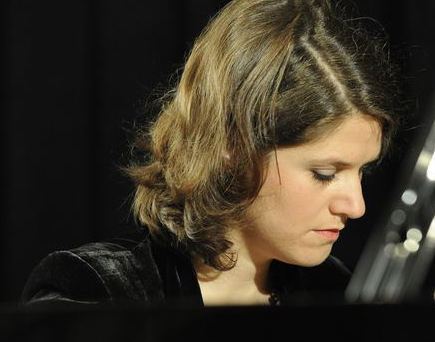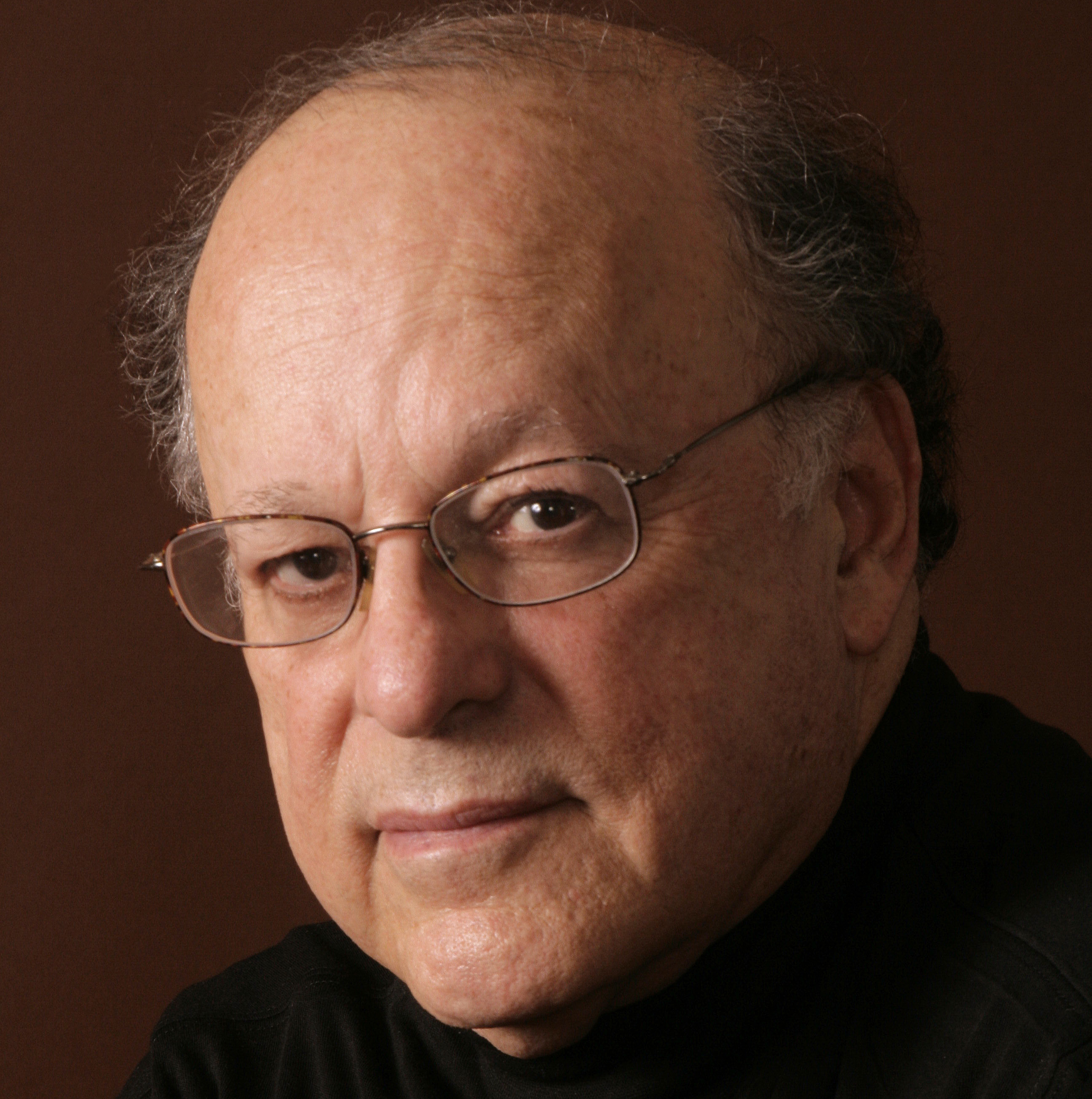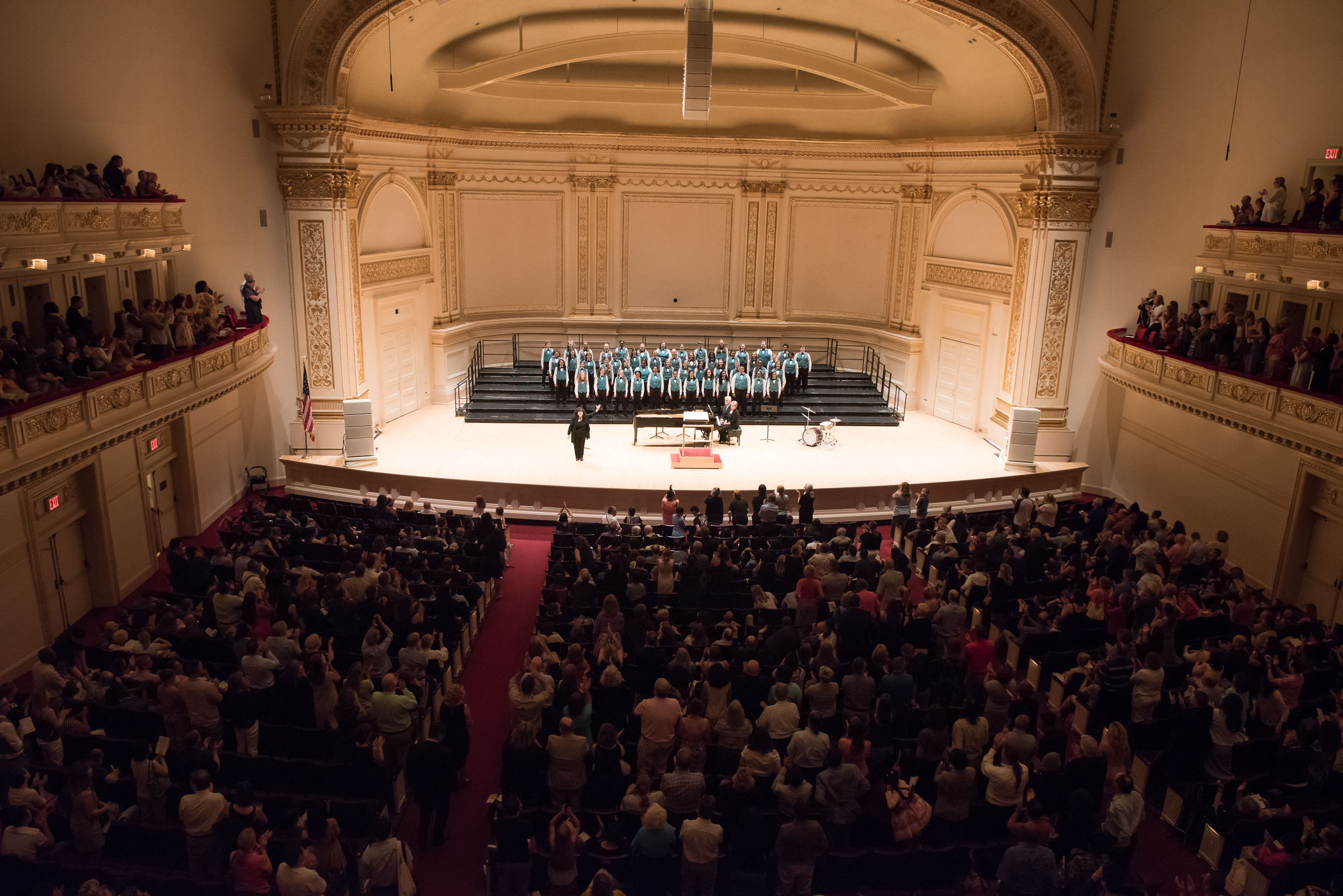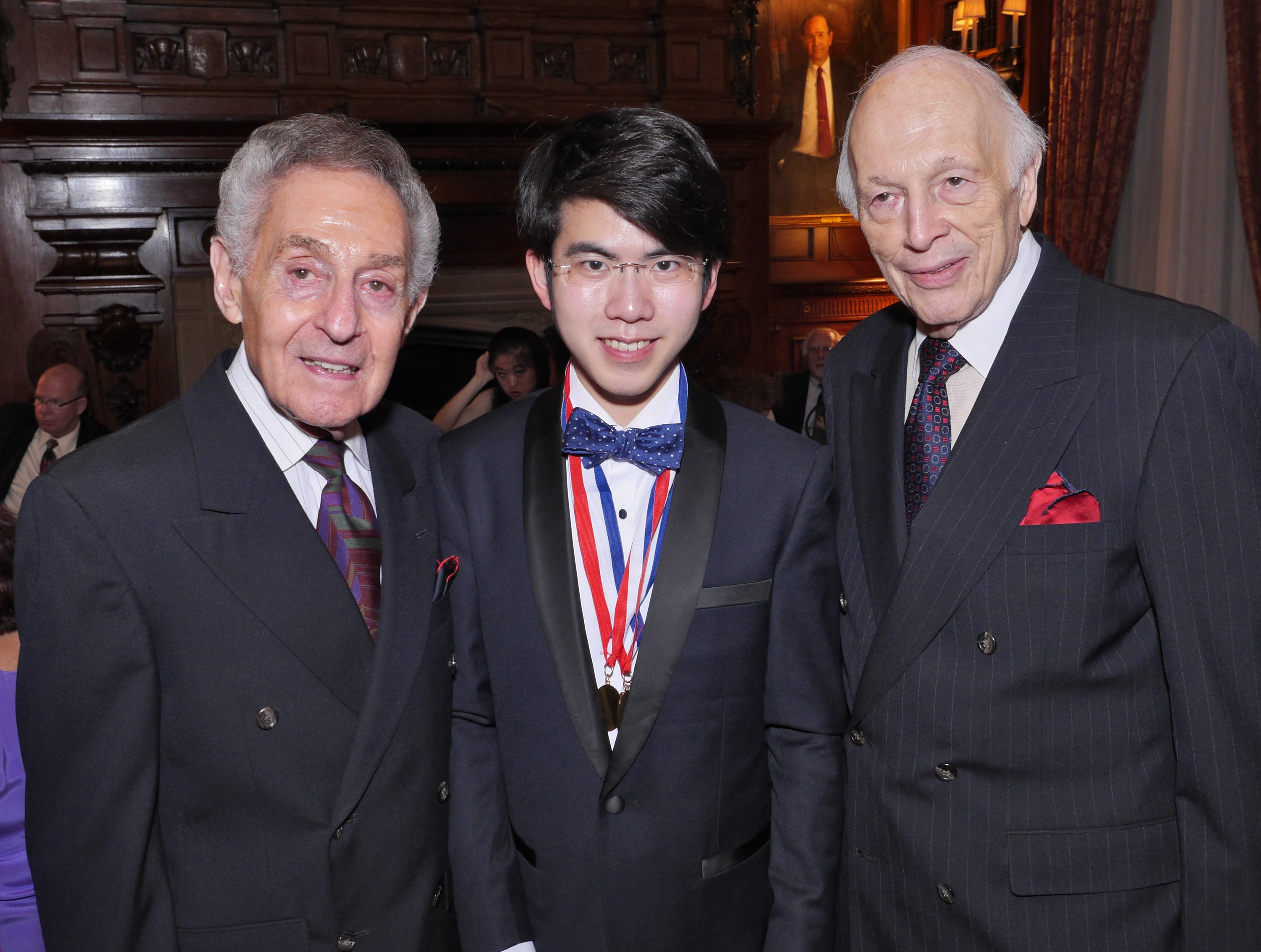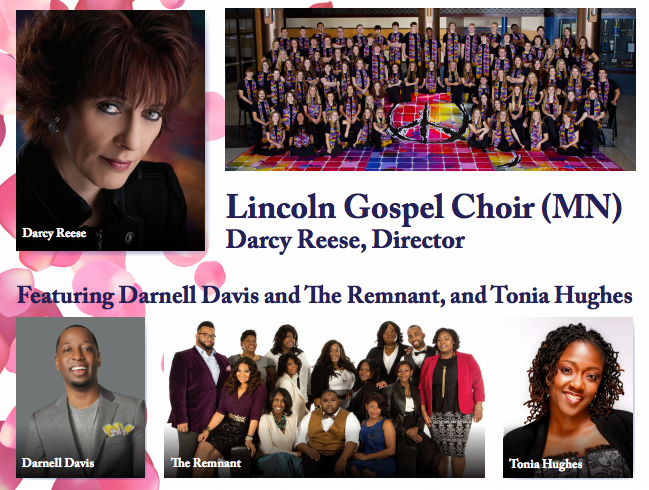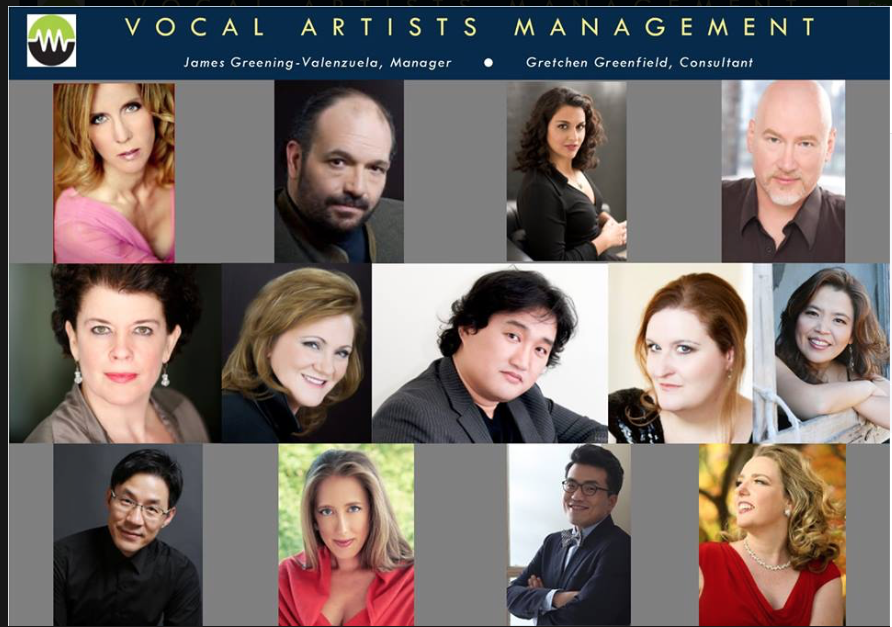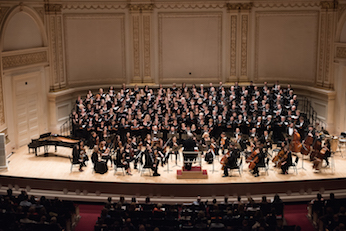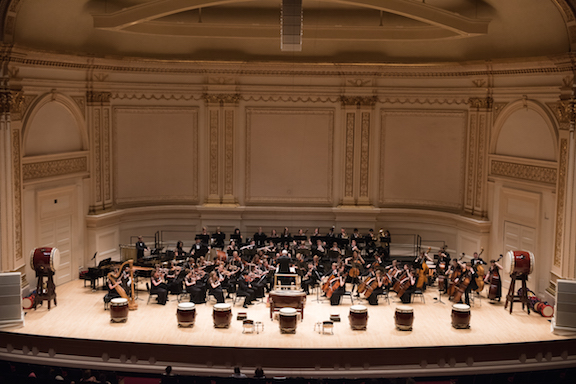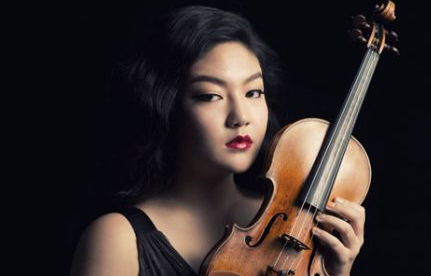The Eighth New York International Piano Competition (NYIPC) under the Auspices of the Stecher and Horowitz Foundation
Greenfield Hall, Manhattan School of Music, New York, NY
June 24, 2016
It was an honor and pleasure to be asked to review the awards recital of the New York International Piano Competition – now its Eighth Biennial event – as I had enjoyed and written quite favorably about its seventh competition back in 2014. Interested readers may wish to read about the 2014 edition by following the link here: Seventh International Piano Competition in Review. To reiterate my positive reactions, this competition stands out in two special ways from other competitions. First of all, everyone is a winner in a way, because, in addition to the major prizes, there is a finalists’ award for each of the remaining contestants. Secondly, there is outstanding commitment to maintain relationships between the contestants and the organization, under the leadership of Melvin Stecher and Norman Horowitz, both veteran musicians and mentors. To read more about this remarkable duo, the reader can also read a recent article by Frank Daykin entitled “The Musical Father Figures We All Need” by clicking here: The Musical Father Figures We All Need. One may also click here to visit the competition website: http://stecherandhorowitz.org/competition/.
In addition to the two above-mentioned pluses and the “no elimination” policy (everyone getting to play every round), this competition is perhaps unique among soloist competitions in holding a piano-four-hand round, an appropriate signature feature given the history of the duo-pianist founders, Stecher and Horowitz. This year’s inclusion of John Corigliano’s Gazebo Dances was a particular joy. This competition boasts plenty of other pluses, including its distinguished jury and excellent track record for selecting talent, but the numbers tell their own story: this year’s twenty-two pianists were selected from an international field of over 150 applicants, and many of them traveled a long way for it.
These award evenings tend to start with a string of speeches. We heard from Mr. Stecher, Mr. Horowitz, and Chairman of the Board William S. Hearst, in addition to the delightful Master of Ceremonies, Robert Sherman, of WQXR fame. As engaging as the speeches were, one could not help empathizing with the twenty-two contestants seated onstage awaiting the calling of names and, in the cases of some winners, their own chance to perform. It won’t be the last time these youngsters (ages 16-21) are required to have nerves of steel in their chosen field, but the speeches are certainly a rigorous test. The winners were certainly up to the challenge.
We heard from First Prize Winner, Aristo Sham, who dazzled with Scriabin’s Sonata No. 9, Op. 68 (the “Black Mass”) as well as with Two Impromptus, Op. 131 by Lowell Liebermann. The latter was commissioned by the Stecher and Horowitz Foundation to be played by each contestant, and Mr. Sham happened also to win the award for Best Performance of Commissioned Work, so he gave the Impromptus what could be considered their public premiere on this occasion. It would be difficult to imagine them played more compellingly. Mr. Sham showed tremendous command, involvement, and what seemed to be intimacy with the piece, showing meditative lyricism through its melancholy sections and fierce intensity through its severe contrasts. It was impressive to consider that he, like all contestants, had been sent the scores only two months prior. Fortunately Mr. Liebermann, a fine pianist himself, writes some of the most idiomatic piano music today, so any contestant would be delighted to be assigned the Two Impromptus as a “test piece” – Mr. Sham said as much to emcee Robert Sherman, and volunteered that he was (“obviously”) already familiar with Mr. Liebermann’s Gargoyles. (How old that made me feel, as I recall when they were “hot off the press!”) The Impromptus are a welcome enrichment to the contemporary piano repertoire, and Mr. Sham will be an able champion for them.
Originally from Hong Kong, educated in London, and currently enrolled at Harvard University and New England Conservatory, the 20-year-old Mr. Sham is a young phenomenon. His Scriabin, in addition to showing passion and pianism, reflected logic and clarity, two qualities one doesn’t always associate with Scriabin but which are nonetheless vital in holding it together. Every note had a decisive place in the grand scheme of things, and the more extroverted moments had a strong sense of inevitability. One’s interest in Mr. Sham’s Beethoven was certainly piqued (and he had offered Op. 106 in earlier rounds, but opted here to play Scriabin, with help from an audience “vote” he solicited). There is clearly much to look forward to, both for Mr. Sham and for us.
We also heard from talented Second Prize Winner Angie Zhang, also age 20, in Los Requiebros from Goyescas by Granados. Ms. Zhang’s playing was warmly expressive, sensitive and polished, just right for this piece. Almost as impressive was her ease and eloquence in speaking about the music, to share a bit about the composer and give the audience some context. It almost seemed as if this were not an awards night but simply a chance to share music. Ms. Zhang will be a valuable advocate for classical music from her generation if this evening is any gauge. One looks forward to hearing her again, hopefully in a more telling variety of repertoire.
We did not hear the other prizewinners as soloists, but Jiacheng Xiong, age 19, from China, won Third Prize, and Evelyn Mo, age 17, from the US, took Fourth Prize. For the four-hands ensemble component, Second Prize went to the team of Jhiye Lin, age 19, from China, and Aaron Kurz, age 20, from the US.
First Prize in the ensemble round went to the team of Prudence Poon, age 19, from Hong Kong, and Jooyeon Ka, age 20, from Korea, who performed a pair of Corigliano’s wonderful Gazebo Dances with festive spirit. The Waltz showed nuance, elasticity, and playfulness that were just right. Despite a supposed language barrier during rehearsal (when asked, Ms. Poon said they relied somewhat on “body language”), they obviously had found a rapport. The feisty Tarantella was stunningly together, with an exciting display of fireworks at the end. The audience heartily approved. Mr. Sherman, with ever-perfect timing asked, “see what body language can achieve?”
All who participated in this event are to be congratulated, and certainly among them the distinguished panel of Francis Brancaleone and Anthony Lamagra (Screening Jury) and the Competition Jury of Tong-Il Han, Jane Coop, Ian Hobson, Orli Shaham, Jeffrey Swann, and Erik Tawastjerna. One eagerly awaits the Ninth NYIPC in 2018!
by Rorianne Schrade for New York Concert Review; New York, NY

